The district’s reputation and its dynamism come in particular from the fact that it was the first place in Paris and the district is also internationally known by history enthusiasts.
The Marais is one of the city’s trendiest districts, with a popular atmosphere and authentic architecture. Visiting the Marais is a must for tourists wanting to discover the Monuments, the Museums to visit, the numerous private hotels from the Renaissance period, almost all entirely preserved, as well as for its museums, such as the Carnavalet Museum, which traces the history of the city, along the centuries through works of art but also souvenirs and objects from the great periods of the capital.
Nearly 141 buildings classified as historical monuments such as the Place des Vosges, where many artists and politicians live, « Le Marais » is also an emblematic artistic place where you can find a multitude of art galleries and museums dedicated to such as the National Museum of Picasso.
A few steps away, we continue our path through the Place des Vosges and the collections of works by French and European artists of the Galerie du Marais, between the Museum of Art and History of Judaism (71 rue du temple) and the National Picasso Museum (5 rue de Thorigny) as well as the Maison de Victor Hugo and other galleries.
After the Seine had taken the course we know it today, the arm that passed to the north, at the foot of the hills of Belleville and Montmartre, fought and formed a swamp belt, these were crossed, very early on, by a few major lines of communication in the district, the present rue St Martin and rue St Antoine appeared from the Roman period.
Emperor Charles le Chauve gave the abbey of Ste Opportune the marshes that it put on grassland before alienating part of it into plowing land in 879.
These lands were transformed into « marshes », a Parisian word used for vegetable and aromatic crops, at the end of the Middle Ages, many of these « marshes » were planted with fruit trees.
Religious establishments, including these, were responsible for this conquest of the marshes and their settlement: St Martin des Champs and the house of the Temple.
Around 1360, the future Charles V, still a dolphin, began to build a new enclosure encompassing a territory larger than the previous one.
The Marais district is thus annexed to the city and received its consecration when Charles V, fleeing his palace (now the Palais de Justice) following riots, prefers the St Paul hotel, located between St Antoine street and the quay, his son Charles VI, to which the doctors advise to entertain, in fact the house of the « Happy Fights ».
In the 18th Century, the royal square (now Place des Vosges), created on the order of Henry IV, became the heart of the Marais, becoming a place of elegance and festivities. It was through her that princes and ambassadors who made their solemn entrances to Paris used to pass to be admired.
The great lords and courtiers build splendid houses around them decorated by the best artists of the Great Century.
At the Marais, the style of the French-style private mansion was developed at the time, a classic and discreet building between courtyard and garden sheltered from the street and its inconveniences, and the precious, philosophers and libertines held brilliant lounges. Musicians and speakers make the vaults of St Paul and St Gervais sound.
The capture of the Bastille marks the end of the residential Marais.
Hotels were often abandoned, sold or seized; their owners emigrated to the provinces or outside the kingdom, some arrested, died under the guillotine.
All walks of life, until the beginning of the 20th century, showed an equal flippancy towards this unfortunate neighborhood.
Only the need to set up administrations allowed the rescue of certain monuments that suffered from their new assignments ( Hotels de Soubise , Rohan , Carnavalet , Le Peletier ).
The Old Paris commission, created in 1897, advised the city on the choice of monuments to keep. The latter, assisted by the state, was able to buy hotels to allocate them to a destination worthy of their past ( Aubert de Fontenay hotel called « Salé » today, Picasso museum ).
In 1962, under the leadership of André Malraux, the « Saved neighborhood » law grants grants to restore private hotels. This news brought a social transformation to the neighborhood: the craftsmen have gone away with a better environment.
Today, some accuse the Marais of having lost its popular life and of being a ‘museum district’ visited by tourists.
So the Marsh has gradually returned from the beginning of the 20th century to its lustre, its 17th and 18th century greatness, which the Parisians, it seems, had forgotten too quickly after the Revolution.
Share this content:



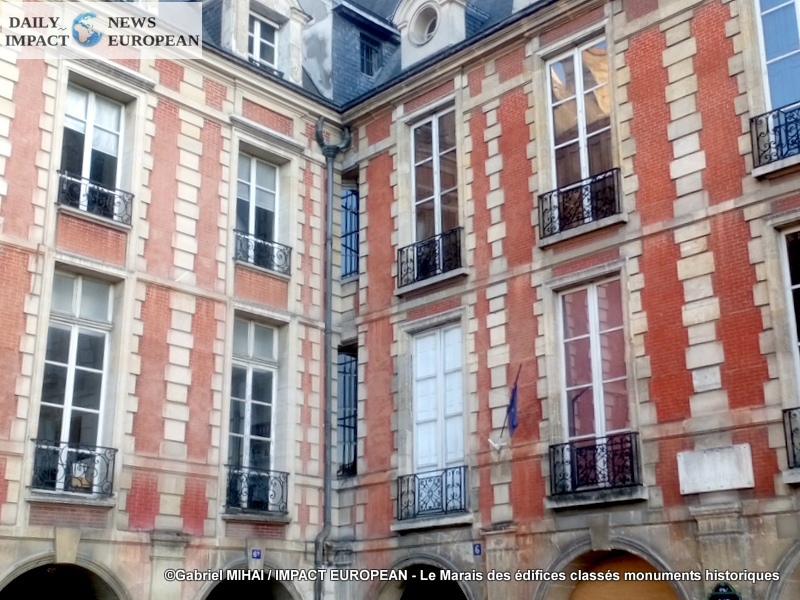





















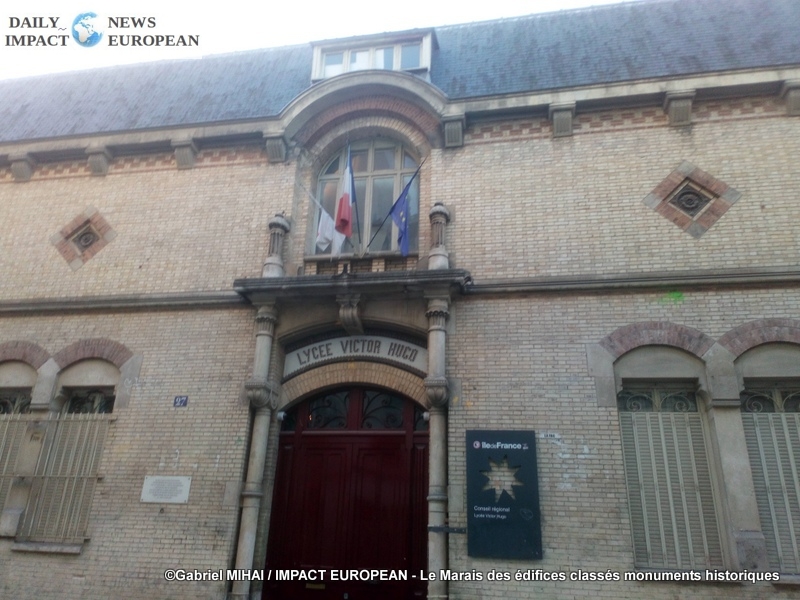
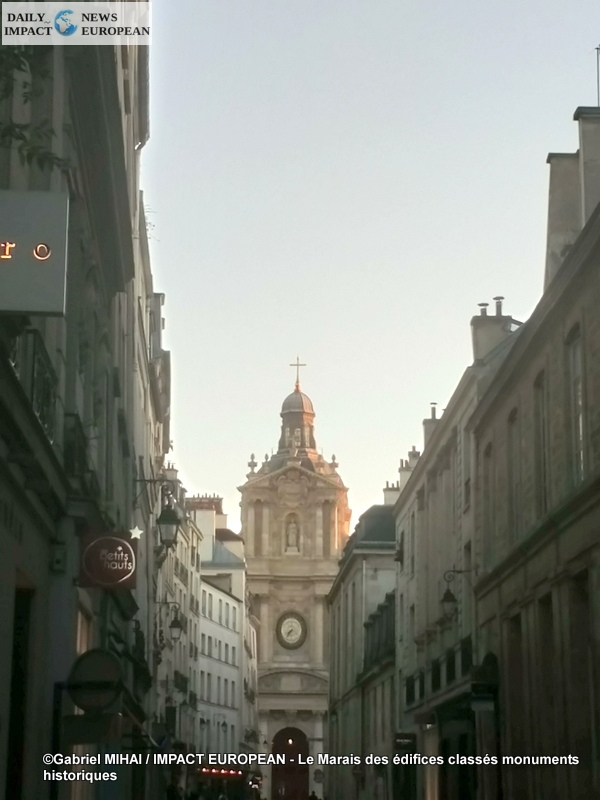

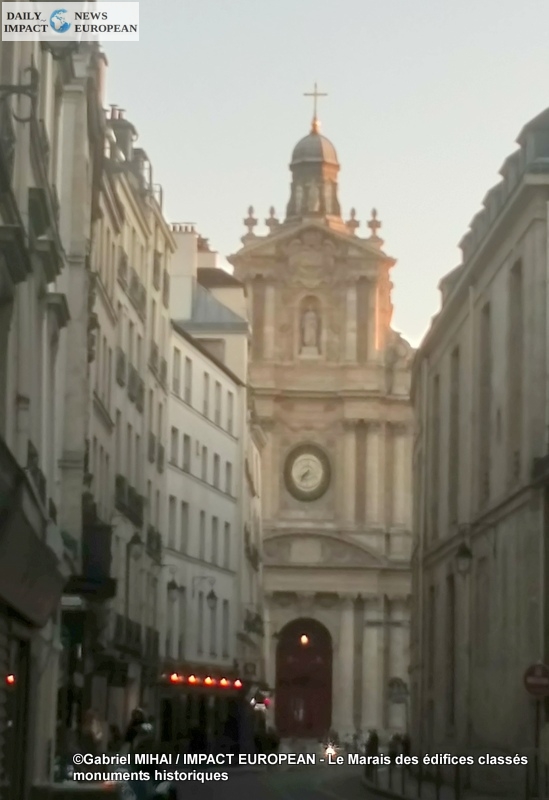




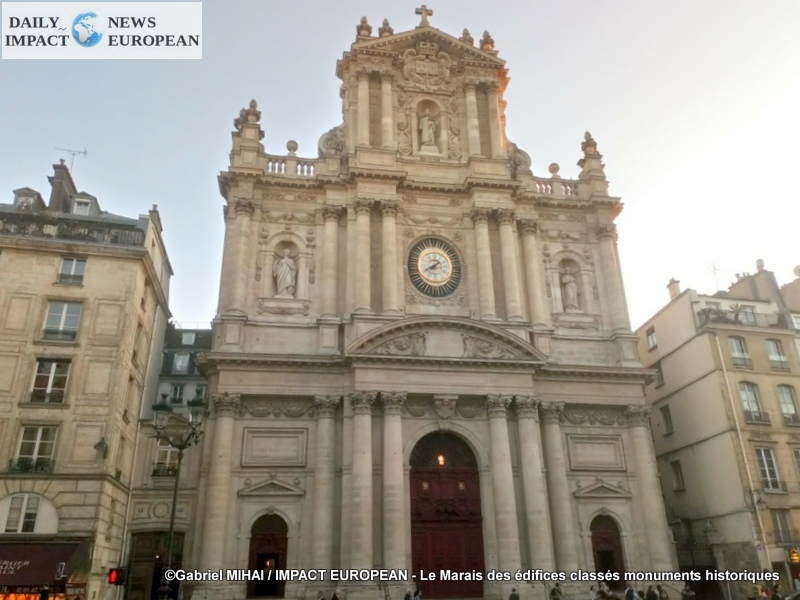
Plus d'histoires
The Sandman’s Daughter ice show
Île-de-France’s “Chanté Nwèl” Lights Up Saint-Ouen with Caribbean Warmth
Eternal Tribute to CitéStars’ Stars